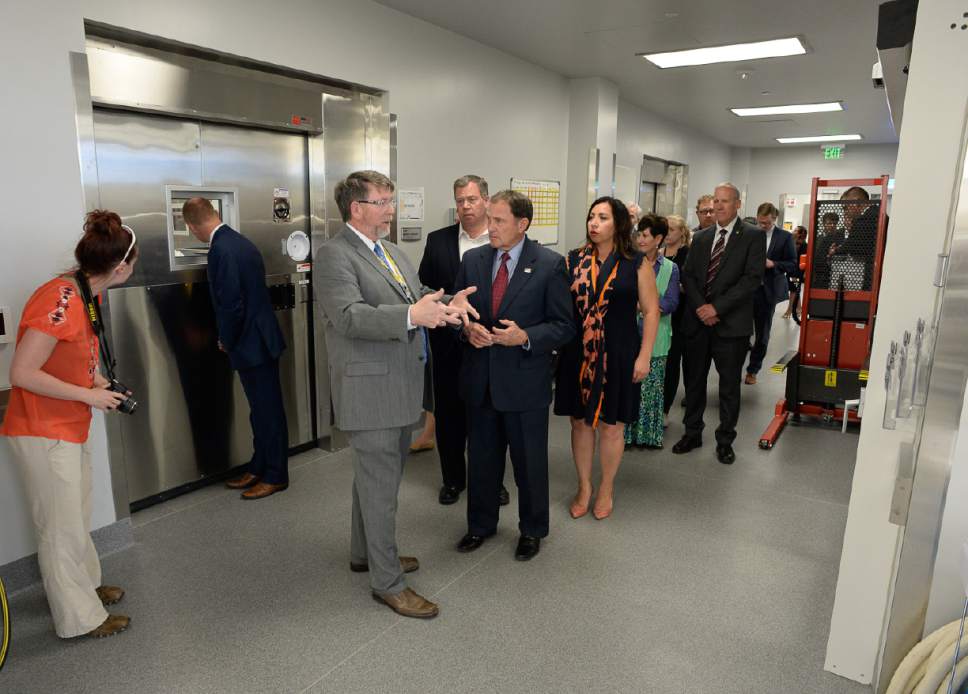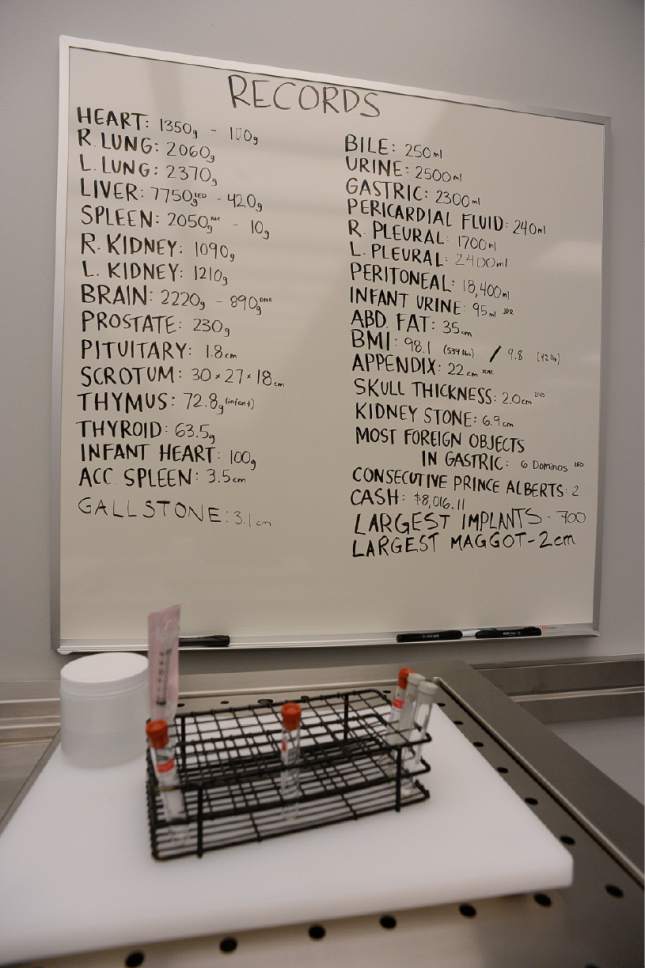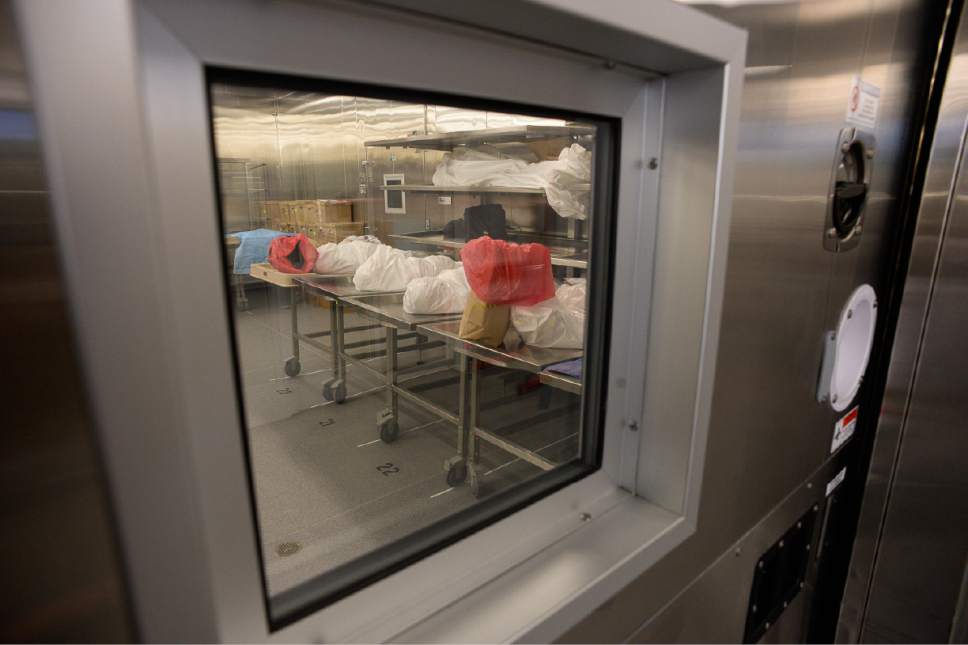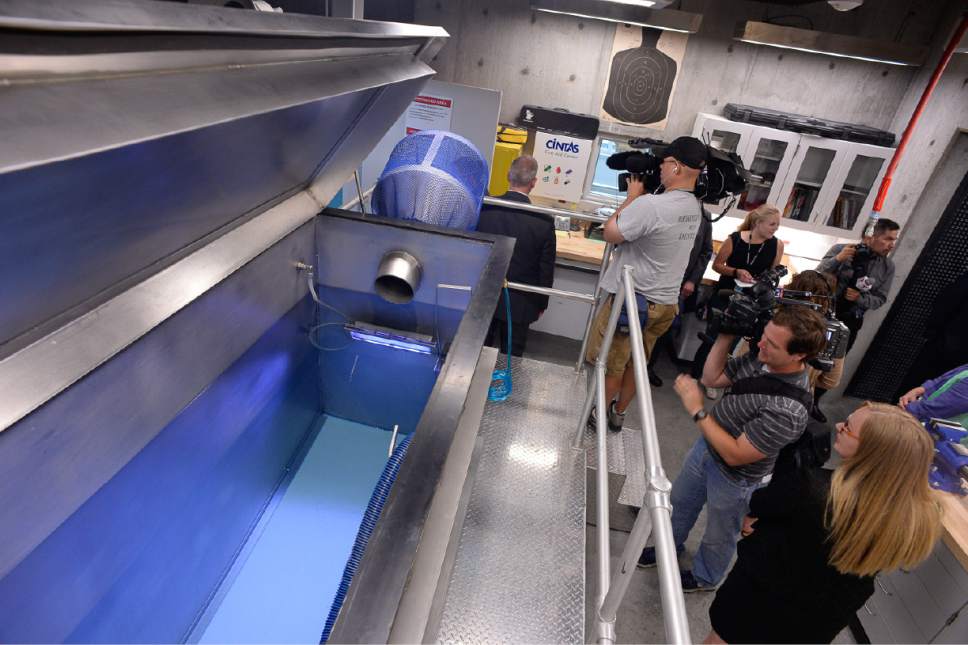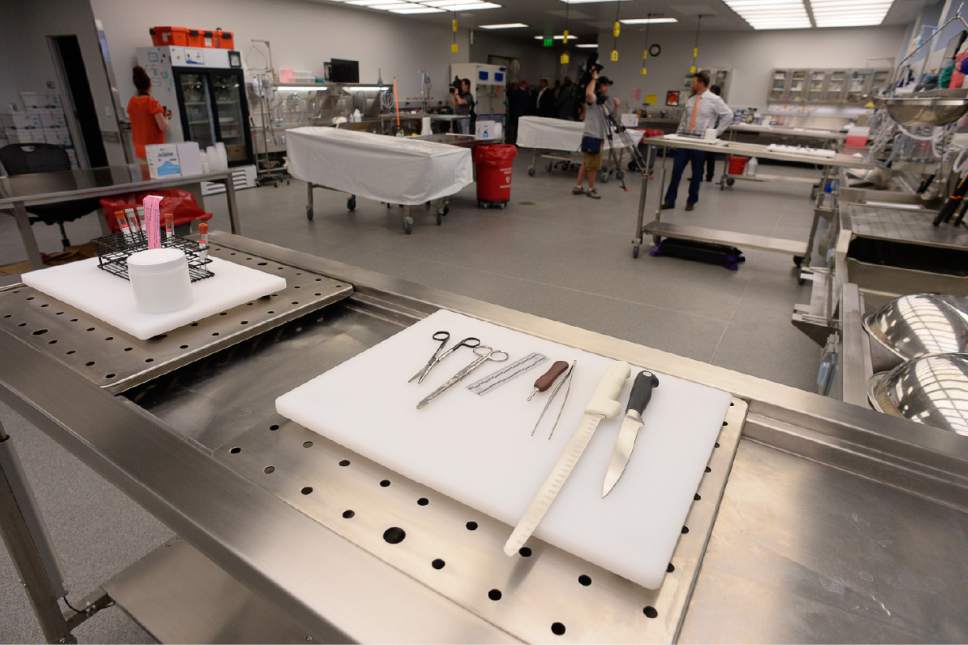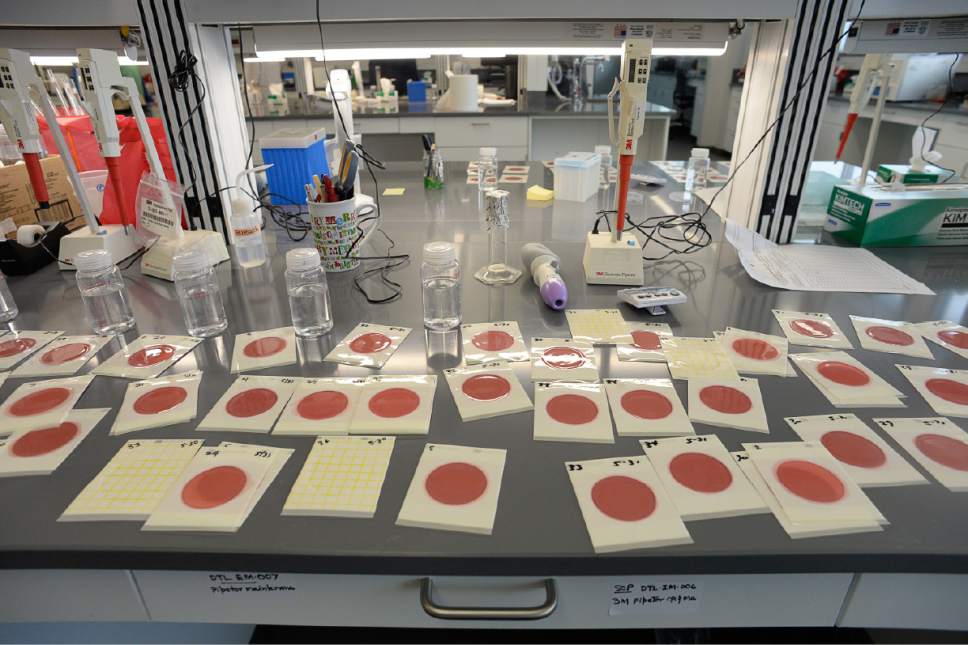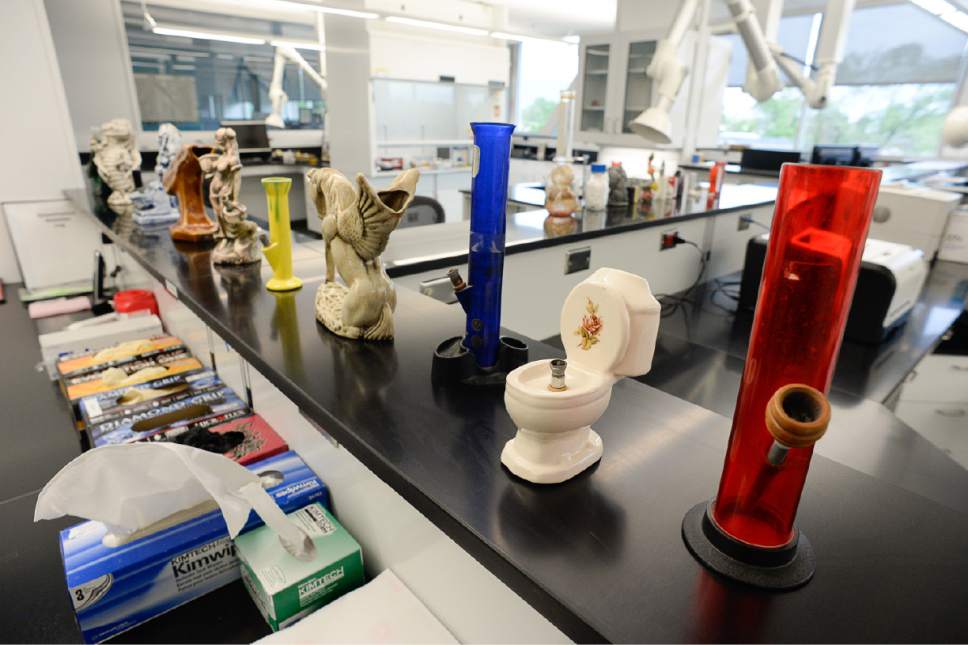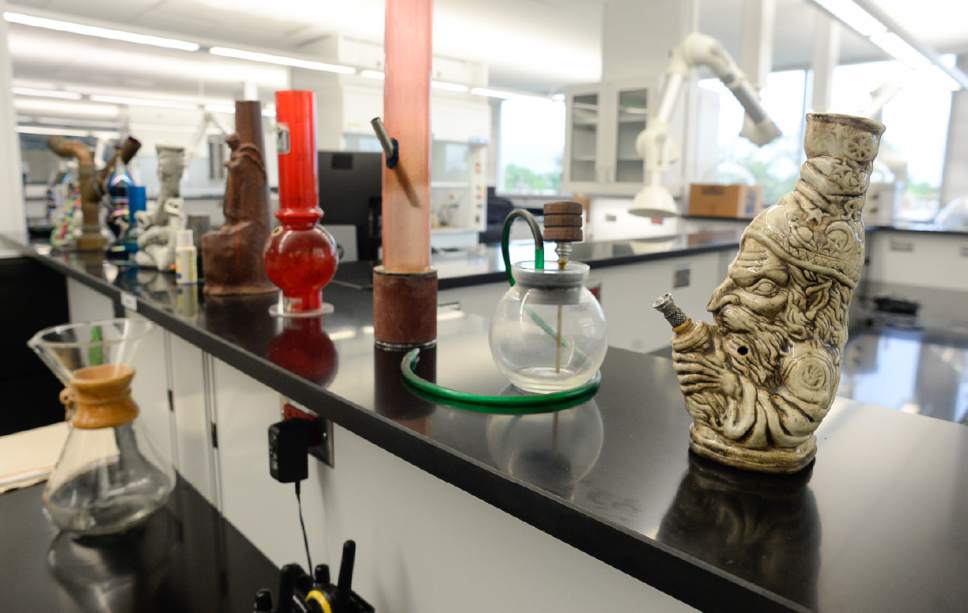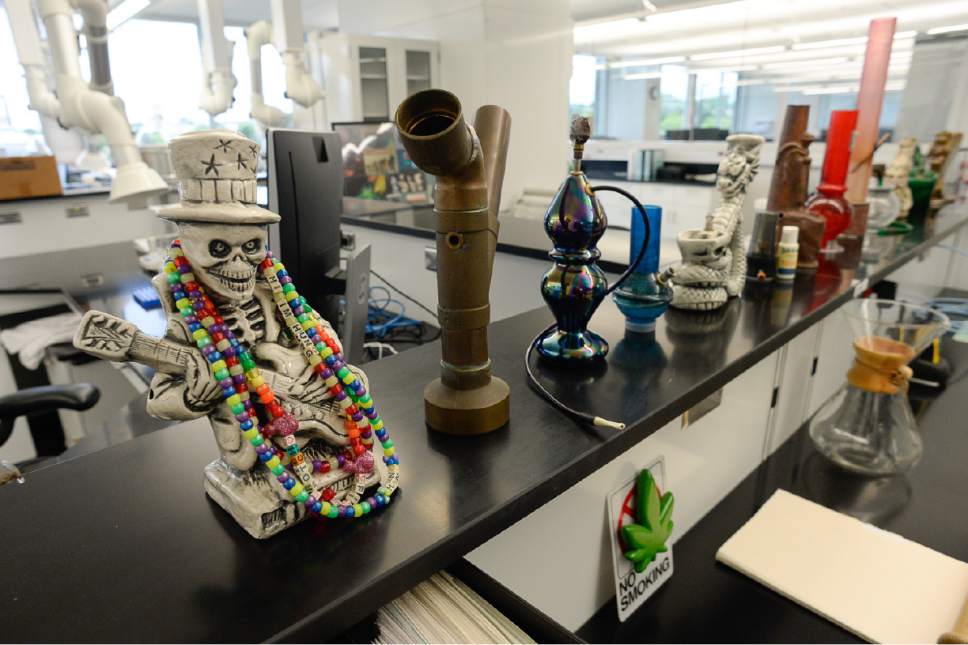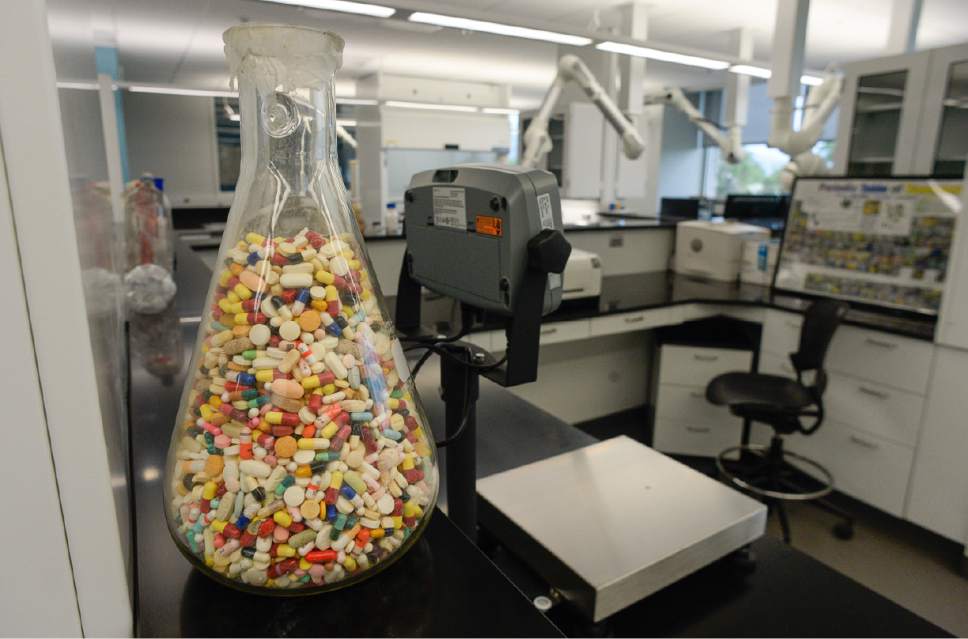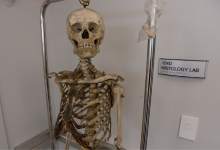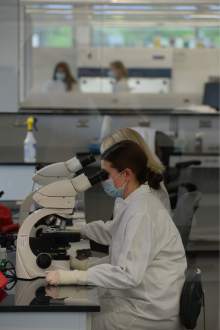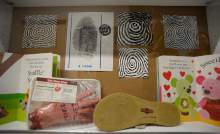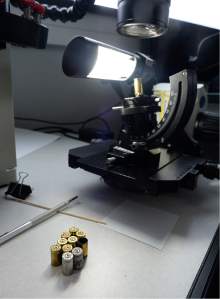This is an archived article that was published on sltrib.com in 2017, and information in the article may be outdated. It is provided only for personal research purposes and may not be reprinted.
Robotics will speed up the processing of DNA samples at the new Unified State Laboratory as Utah tries to cut through a backlog of rape kits, officials said at the lab's opening Thursday.
Earlier this year, the Legislature mandated the testing of all of the state's rape kits as delays prolonged sexual assault trials. Half of the backlog has been processed by the crime lab or outsourced labs, according to the lab's director, Jay Henry, and the crime lab is optimistic that the remaining kits will be tested within the next year.
The robotics station does the repetitive work of extracting DNA from samples, then it delivers the data to forensic scientists. In addition to freeing up a technician to do more analytical work, the station is capable of extracting DNA faster, Henry said, which will help the state cut through its backlog of rape kits and other evidence.
The station is capable of processing 96 samples in less than eight hours, a task that took Henry three or four days when he worked as a lab technician.
The old method of extracting DNA required technicians to put into a tube with chemicals a piece of the swab that contained the sample, then the lab worker shook the tube to extract the DNA.
Now, technicians put the test tubes into the new equipment, which extracts the DNA. The robot also prepares the sample to be analyzed.
"We want to see the greater-than-a-year turnaround time for our rape kits shrink gradually down to 120 days, down to 90, down to 60," said Henry, who intends to hire nine more people to help process the backlog alongside new rape kits.
His goal is to have rape kits processed and returned to law enforcement agencies in less than 30 days.
In addition to extracting DNA evidence, the lab will use new equipment to analyze evidence from other crime scenes, such as shootings.
The firearms section of the lab determines whether shootings are connected through the National Integrated Ballistic Information Network. Technicians use the database to find matches and determine whether bullets from separate shootings came from the same gun, which lab workers previously analyzed manually.
The lab will also re-evaluate cold cases, Henry said. Now it reviews cases that are brought in by law enforcement. The lab plans to start reviewing evidence it has stored since the 1980s, Henry said.
The building will also house labs for the state's medical examiner and Department of Agriculture and Food (UDAF).
"This new building is a significant upgrade for all of these different entities, allowing ... more collaboration, to get better outcomes and better results," said Gov. Gary Herbert, who was the lieutenant governor when the lab was proposed.
Ten years ago, the three agencies each needed a new lab, according to Henry, so they suggested two unified labs. The first, which stands next to the lab opened Thursday, was built in 2010.
The UDAF's agriculture lab had been housed in retrofitted office space, said Weston Judd, state chemist. The labs were an "afterthought" in the old building, said UDAF Commissioner LuAnn Adams.
"The humidity was wrong, the temperatures were wrong, we were always having to run tests over, and the roof leaks like a sieve," Adams said.
The UDAF tests food samples from farms and grocery stories — such as dairy and meat — to ensure that they are safe and pesticide free.
The medical examiner's office will have more space to investigate unexplained deaths, and it has expanded storage space for human bodies and an X-ray that is capable of scanning them faster; an entire body can be scanned in about 20 seconds. In the old facility, a full-body scan took 30-45 minutes, according to Chief Medical Examiner Erik Christensen.
Twitter: @tiffany_mf


